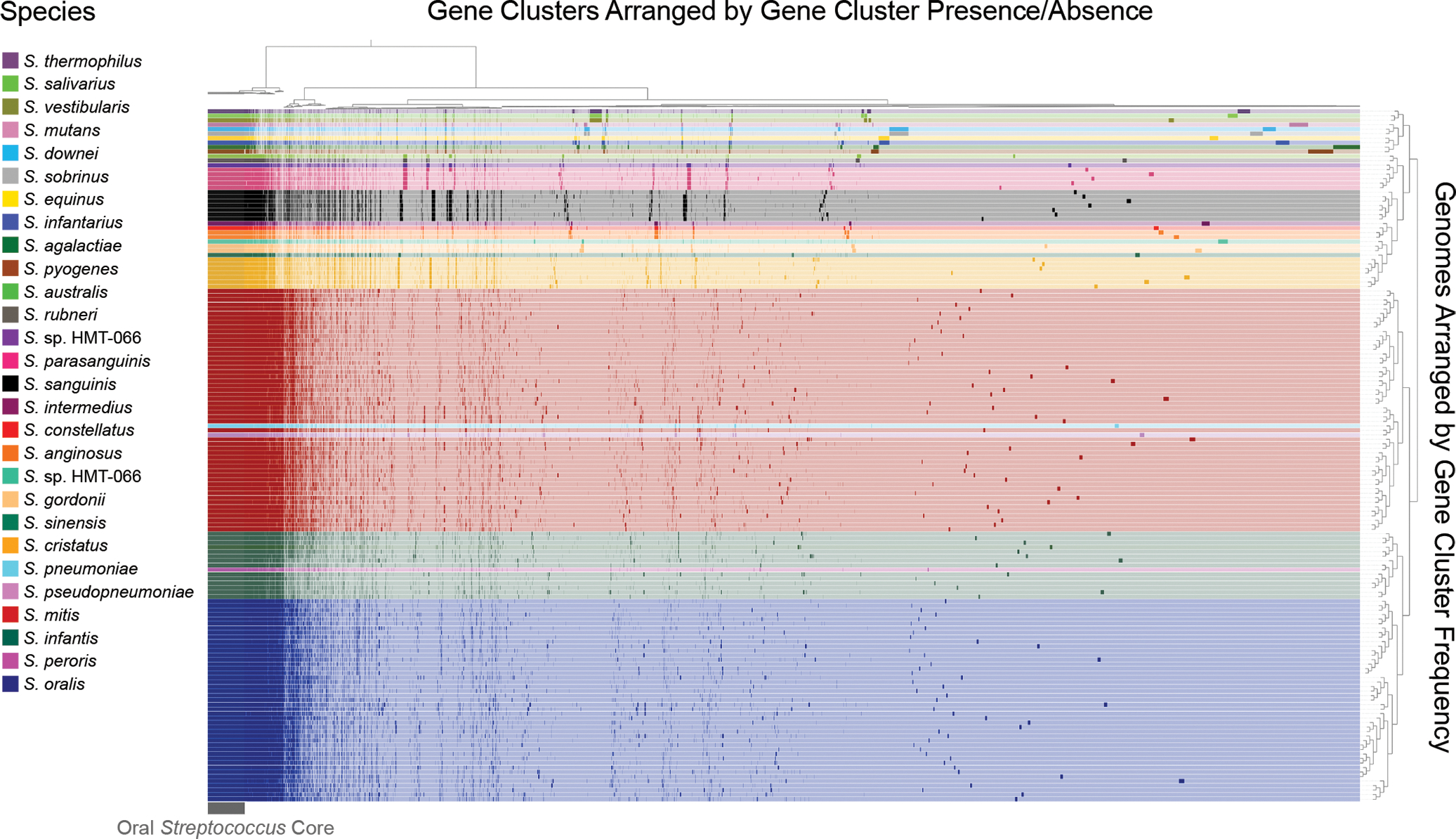Figure 5: Pangenome of the genus Streptococcus in the human oral cavity.

The genomes are clustered by the frequencies of their gene clusters and color-coded by species. The gene clusters are clustered according to their presence or absence in each genome; presence is denoted by a dark shade and absence by a light shade of the color representing each species. These 154 genomes of oral streptococci have shared ANI values of < 95%, so species with more genomic nucleotide-level diversity have a larger number of representative genomes. The number of representatives is also affected by the availability of genomes for a species. The 18,895 distinct gene clusters of the pangenome include 606 core genes that occur in every genome. Large sets of species-specific core genes distinguish several of the species.
